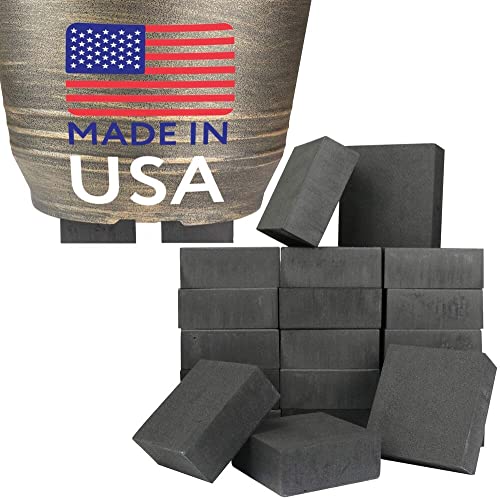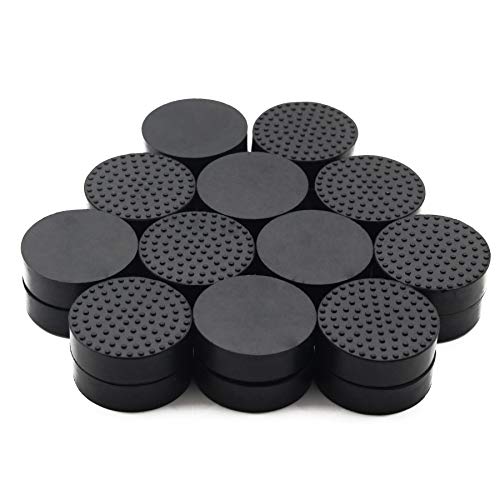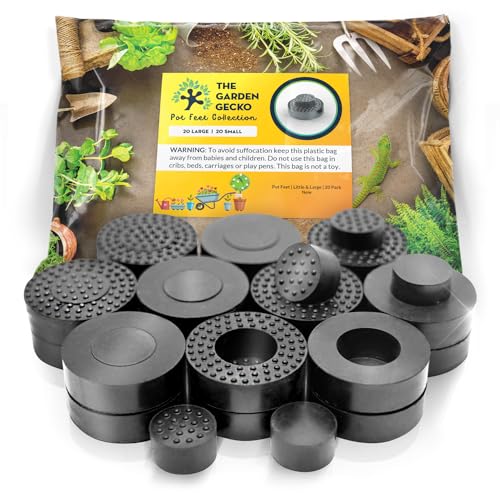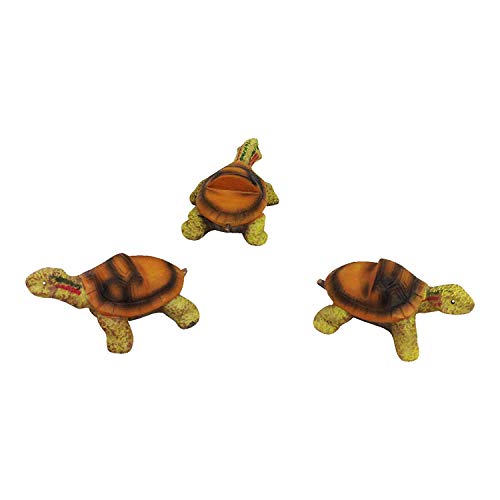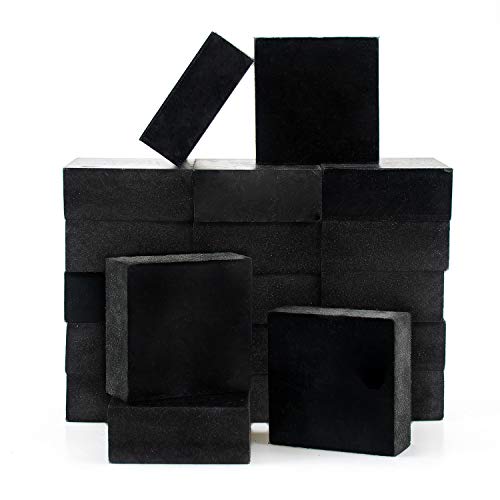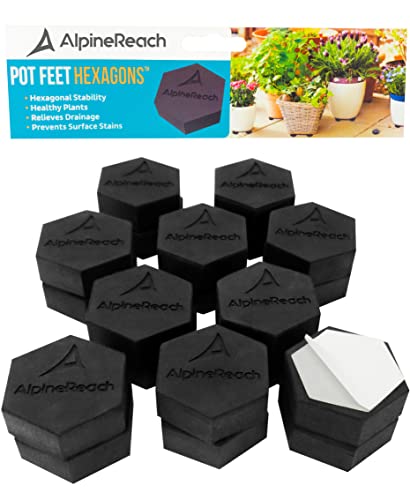Pot feet, or planter feet, keep your plants healthy by limiting overwatering, preventing excess moisture in colder climates, and keeping pests away. Pot feet may also help protect your outdoor surfaces, such as porches and decks, from rot and stains. In this guide, we will explore the best pot feet on the market today that are durable, easy to use, and provide easy water drainage. The IMPRESA pot feet are truly impressive, as this product is simple and effective, yet can accommodate up to 6000 lbs of weight! Read on to learn more about all of our amazing selections.
Our Top Picks For Pot Feet
The Best Pot Feet Buying Guide
Purchasing pot feet is a lot of fun, but make sure you do your research before going out to get them. With a little preparation, your new plants will have the best chance of thriving, and you’ll be on your way to the most luscious, eye-catching garden you’ve ever seen.
How Do You Pick The Proper Pot Feet?
After you’ve picked one of our lovely pots, the following step is to select the appropriate pot feet.
Functionality and aesthetics
This is something we can help you with when you first buy your pot, but whatever feet you choose should be both functional and attractive.
Drainage
With all of the pots, we recommend using feet. They’re necessary for proper drainage since excess water must easily escape the pot through the hole at the bottom. Insects such as woodlice and ants will quickly establish a colony in a container placed immediately on the ground. You can understand what we mean if you leave a brick on the ground for a week or so before picking it up. These insects can harm plants’ roots or even block the drainage hole in the pot; therefore, they should be avoided.
Invisibility
When picking feet, keep in mind that they should not interfere with the look of the pot. Some feet are made to be hidden and fit snugly beneath the pot’s base, while others are ornamental and meant to be seen.
Size of the pot feet
The size of the pot determines the number and amount of feet you will need; however, this is not a hard and fast rule because some smaller pots might benefit from large feet. Make sure the pot’s feet do not protrude too much since this might provide a trip hazard and give it a bigger footprint than it needs.
Purchase local
Consider the effect of transportation and manufacturing processes before making your choice. The greater the environmental effect of a pot riser, the further it has traveled from its point of manufacturing. Petroleum is used in transportation, which contributes to pollution, the greenhouse effect, and the depletion of nonrenewable resources.
What Are the Factors to Look For Before Buying Pot Feet?
Cost and time
Depending on your budget and time constraints, you may want to consider whether you want to buy pot risers at full retail price or not. Like many other people, you may opt to utilize pre-loved or reused pot risers or feet. With a little creative thought, you can save money, extend the life of an object rather than toss it away, and add character to your landscape.
Maintenance
Consider a material that does not require periodic restoration, such as plastic or rubber, if you want low-maintenance pot risers.
Concerns about the environment
Materials utilized must be safe, long-lasting, and ethical. If you’re unsure about the safety of a product’s materials, request a Material Safety Data Sheet from the merchant or manufacturer. This document contains a list of chemical therapies that have been utilized as well as the health concerns associated with them (if any).
Balance and safety
Rather than relying on stones or tiles, it is recommended to invest in appropriate pot feet. The pot is safe and balanced with the appropriate feet, and its inherent symmetry and elegance are retained to make it appear its best.
Durability
The endurance of the pot feet is determined by the quality and kind of materials used and the location of the pot feet. Consider if you simply require temporary pot feet or one that will endure for a longer time. More durable pot risers may be more expensive at first, but they will pay off in the long run.
Why Are Pot Feet Important for Pots?
Safeguard Surfaces
For decks and patios to endure, they must be protected from the weather. Pot feet enable air to circulate beneath your pot, allowing your deck to dry off. Weatherproofing is compromised by retained moisture, necessitating more frequent re-waterproofing under those pots where you can’t see if they dry out.
Prevent stains
Mold, mildew, and algae will start to grow in sections that remain damp, not under your pot, but around it. Pot feet allow these areas to dry out, eliminating the need for cleaning. In addition, many fertilizers include colors that, if left to sit and absorb, may stain your deck.
Airflow
As previously said, ventilation helps your surfaces to dry out, preserving waterproofing while also preventing rotting, mold, mildew, and algae growth.
Eliminate critters
Ants, snails, and other small animals will have a much tougher time getting into the drainage hole of your pot if it is raised up and away, allowing light and air below it.
A must-have in the winter
It is critical to have proper drainage out of your container, especially in the winter. As a result, water does not collect in the pot, and drainage is not obstructed. This is because wet soil will freeze solid and break even the most frost-resistant pots. When it freezes, it is solely an act of expansion.
People Also Asked
Can I use saucers instead of pot feet?
While saucers can provide some elevation and catch excess water, they may not provide the same airflow and drainage benefits as pot feet, potentially leading to waterlogging and root rot. However, in some cases, saucers can serve as a substitute if used strategically to maintain proper drainage.
What materials are pot feet typically made from?
Pot feet are typically made from durable materials such as ceramic, terracotta, plastic, metal (like wrought iron or aluminum), or rubber, designed to support and elevate pots while withstanding outdoor weather conditions.
Are there any specific maintenance or care instructions for pot feet?
Pot feet generally require minimal maintenance; however, it's essential to periodically check for any accumulation of debris or dirt underneath them, as this can disrupt drainage. Cleaning them occasionally with a damp cloth or brush can help with proper airflow and drainage.




